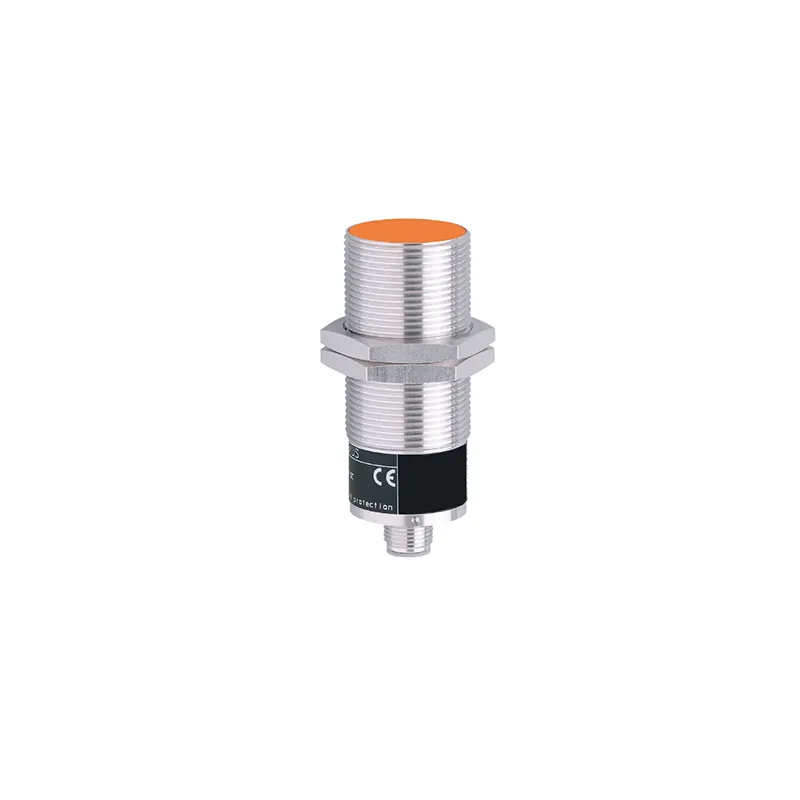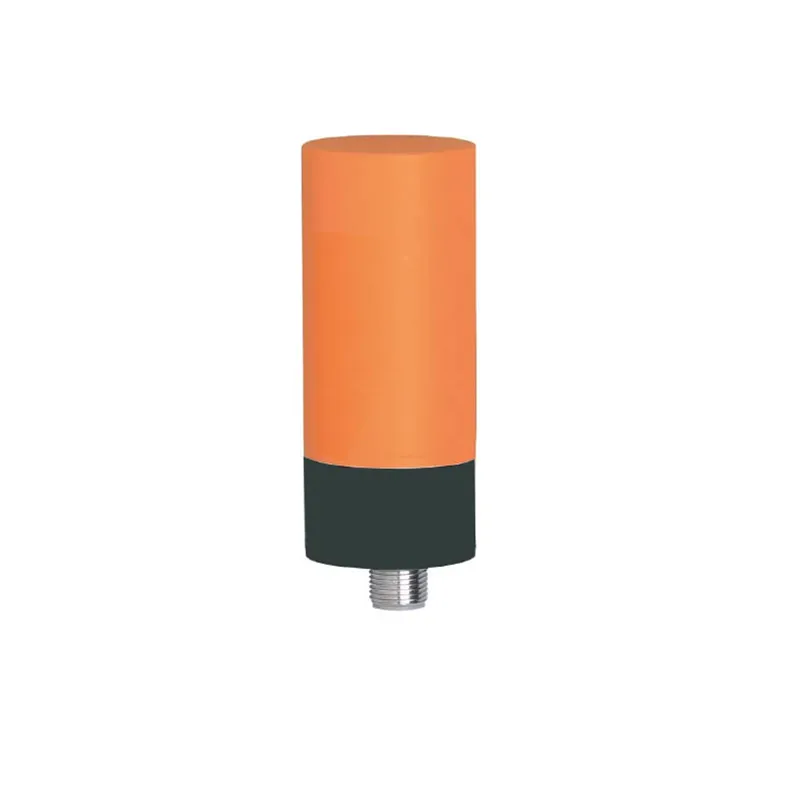Ensuring Reliable Functionality in Industrial Automation
In modern industrial systems, the proximity switch has become an essential sensing device for detecting the presence or absence of objects without physical contact. Whether used in manufacturing lines, robotics, or automated safety systems, proximity switches play a critical role in ensuring accurate and timely operation. However, like any electronic component, they are not immune to issues. Understanding common proximity switch problems and how to address them can significantly reduce downtime and improve system performance.
Electrical Issues in Proximity Switches
Power Supply Instability
A frequently encountered problem with proximity switches is inconsistent or insufficient power supply. When the voltage levels feeding the switch are too low or too unstable, it can lead to erratic or failed sensor outputs. This is particularly common in environments where multiple devices are connected to a single power source, leading to voltage drops during peak loads. To address this, ensure each proximity switch is powered within its specified voltage range, and use stabilized power supplies where necessary.
Signal Interference
Signal interference caused by electromagnetic fields from nearby machinery or power lines can lead to false triggering of the proximity switch. Shielded cables and proper grounding can help minimize this risk. Additionally, positioning the proximity switch away from strong electrical noise sources and using twisted-pair cables may improve signal integrity. Choosing models with better electromagnetic compatibility (EMC) ratings can also enhance resistance to interference.
Mechanical and Environmental Concerns
Physical Obstructions
One of the simplest yet overlooked issues is physical blockage between the target and the proximity switch. Dust, grease, metal shavings, or other contaminants may accumulate and interfere with the sensor’s detection capabilities. Regular cleaning and maintenance schedules are essential for maintaining the accuracy and responsiveness of proximity switches, especially in harsh industrial environments.
Vibration and Shock
Proximity switches exposed to constant vibration or mechanical shocks can experience internal damage or misalignment. In such cases, using ruggedized proximity switch models designed for vibration-prone settings is advisable. Additionally, installing dampers or shock absorbers can prolong the operational lifespan and improve performance.
Configuration and Installation Problems
Incorrect Sensing Distance
Setting the sensing range too close or too far from the target can cause missed detections or constant triggering. Each proximity switch model has a defined sensing distance, and exceeding this limit renders the device ineffective. It is crucial to follow the manufacturer’s guidelines during installation and adjust the sensing range precisely according to the application requirements.
Misaligned Mounting
Proper alignment is critical for optimal performance of proximity switches. If the target object does not approach the sensor along its intended sensing axis, it may not register accurately. Aligning the sensor correctly during installation and securing it firmly in place can prevent detection errors due to mechanical displacement.
Sensor Output and Logic Errors
Incorrect Output Type Selection
Choosing a proximity switch with the wrong output configuration, such as NPN instead of PNP or vice versa, can lead to system malfunctions. It is essential to understand the input requirements of the control system before selecting the proximity switch. Using universal input modules or programmable logic controllers (PLCs) with configurable input types can provide greater flexibility.
Response Time Mismatch
A mismatch between the sensor’s response time and the speed of the target can lead to undetected events. High-speed operations require proximity switches with faster response times. In applications where timing is critical, always check the sensor’s response specifications and test performance under actual operational conditions.

Environmental Resistance and Durability
Temperature Extremes
Extreme heat or cold can affect the reliability of proximity switches, causing either false positives or operational failure. It is important to choose switches rated for the full range of temperatures in the working environment. Thermally stable models can operate reliably in extreme conditions and reduce the likelihood of failure.
Moisture and Corrosion
Moist or corrosive environments can degrade proximity switch performance over time. Using sealed or IP-rated proximity switch enclosures can protect internal circuitry from moisture ingress. Additionally, stainless steel or coated housing materials offer better resistance to corrosion and chemical exposure.
Maintenance and Monitoring Strategies
Routine Inspections
Scheduled inspections of proximity switches can help identify potential issues before they cause system failures. Technicians should check for visible signs of wear, damage, or misalignment. Logging sensor performance data can reveal trends indicating gradual degradation and prompt timely replacement.
Predictive Diagnostics
Implementing diagnostic tools that monitor proximity switch status in real-time can prevent unexpected failures. Some advanced models include built-in diagnostics that alert operators to changes in signal strength, temperature, or vibration, enabling proactive maintenance and reducing unplanned downtime.
Integration Challenges in Complex Systems
Compatibility with Control Systems
In large automated systems, ensuring that proximity switches communicate effectively with the PLC or controller is vital. Incompatible voltage levels, communication protocols, or input types can lead to operational errors. Always verify compatibility during the design phase and consider using intermediary interfaces when needed.
Cable and Connector Reliability
Poor-quality connectors or damaged cables can interrupt signals between the proximity switch and the controller. Investing in industrial-grade connectors and cables with strain relief features can enhance system reliability and reduce the need for frequent replacements.
FAQ
How do I know if my proximity switch is malfunctioning?
A proximity switch may be malfunctioning if it fails to detect targets, triggers erratically, or shows inconsistent output signals. Visual inspection, multimeter testing, and checking alignment and power supply are good starting points for diagnosis.
What is the ideal sensing distance for a proximity switch?
The ideal sensing distance varies depending on the model and application but must always be within the sensor’s rated range. It should also account for environmental conditions and target material.
Can proximity switches work in high-temperature environments?
Yes, some proximity switches are designed to function in high-temperature environments. It’s important to select models with the appropriate thermal rating and ensure proper installation to avoid performance issues.
How often should proximity switches be maintained?
Routine maintenance every few months is advisable, especially in demanding industrial settings. Frequency can vary based on environmental exposure, operational hours, and application criticality.
Table of Contents
- Ensuring Reliable Functionality in Industrial Automation
- Electrical Issues in Proximity Switches
- Mechanical and Environmental Concerns
- Configuration and Installation Problems
- Sensor Output and Logic Errors
- Environmental Resistance and Durability
- Maintenance and Monitoring Strategies
- Integration Challenges in Complex Systems
- FAQ

